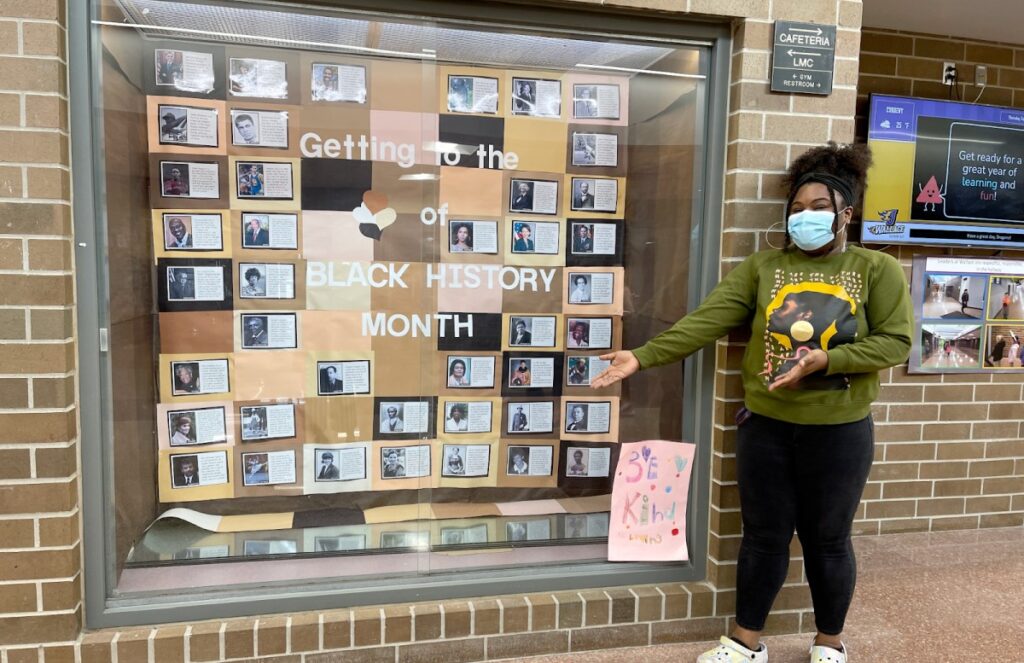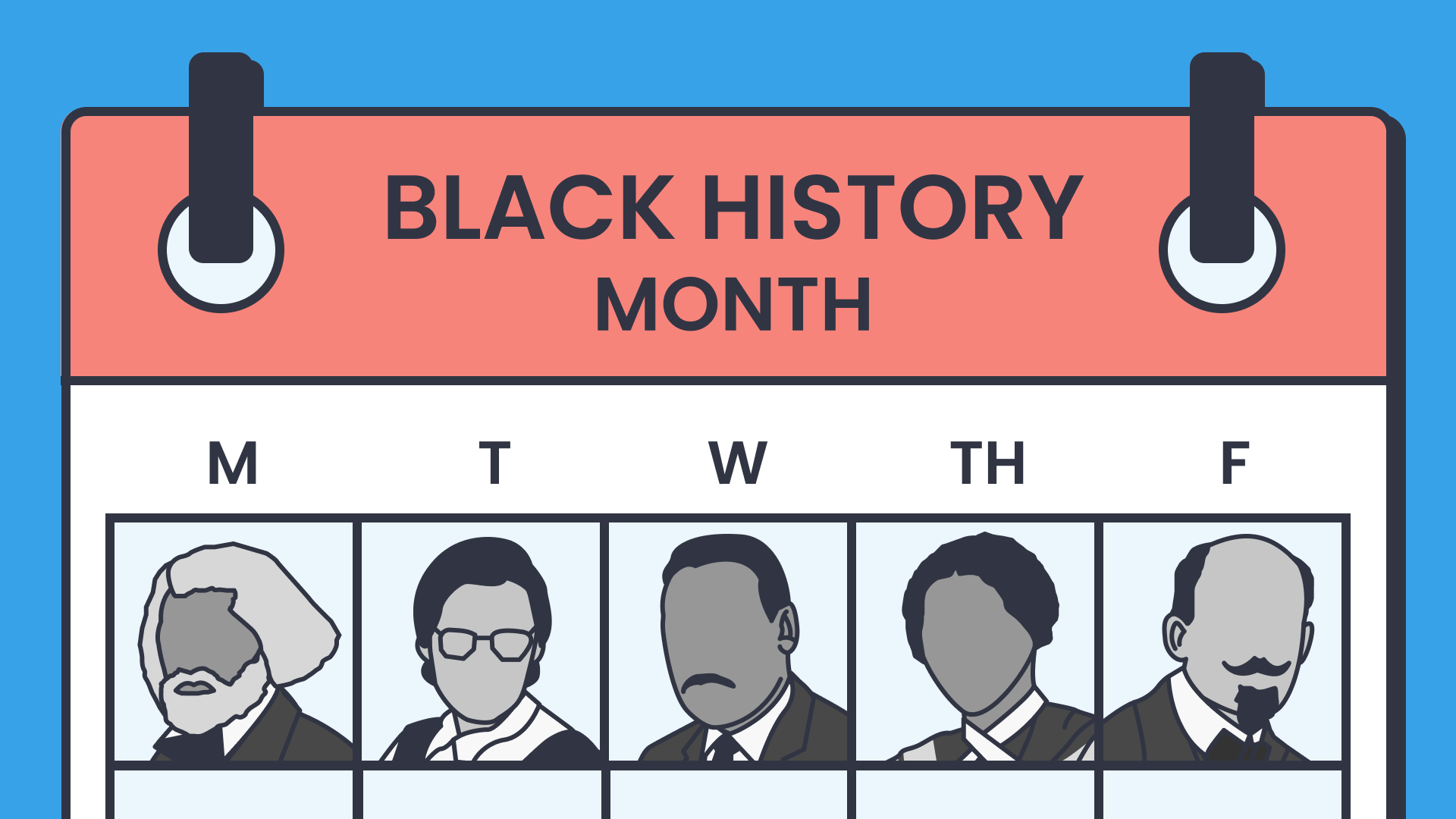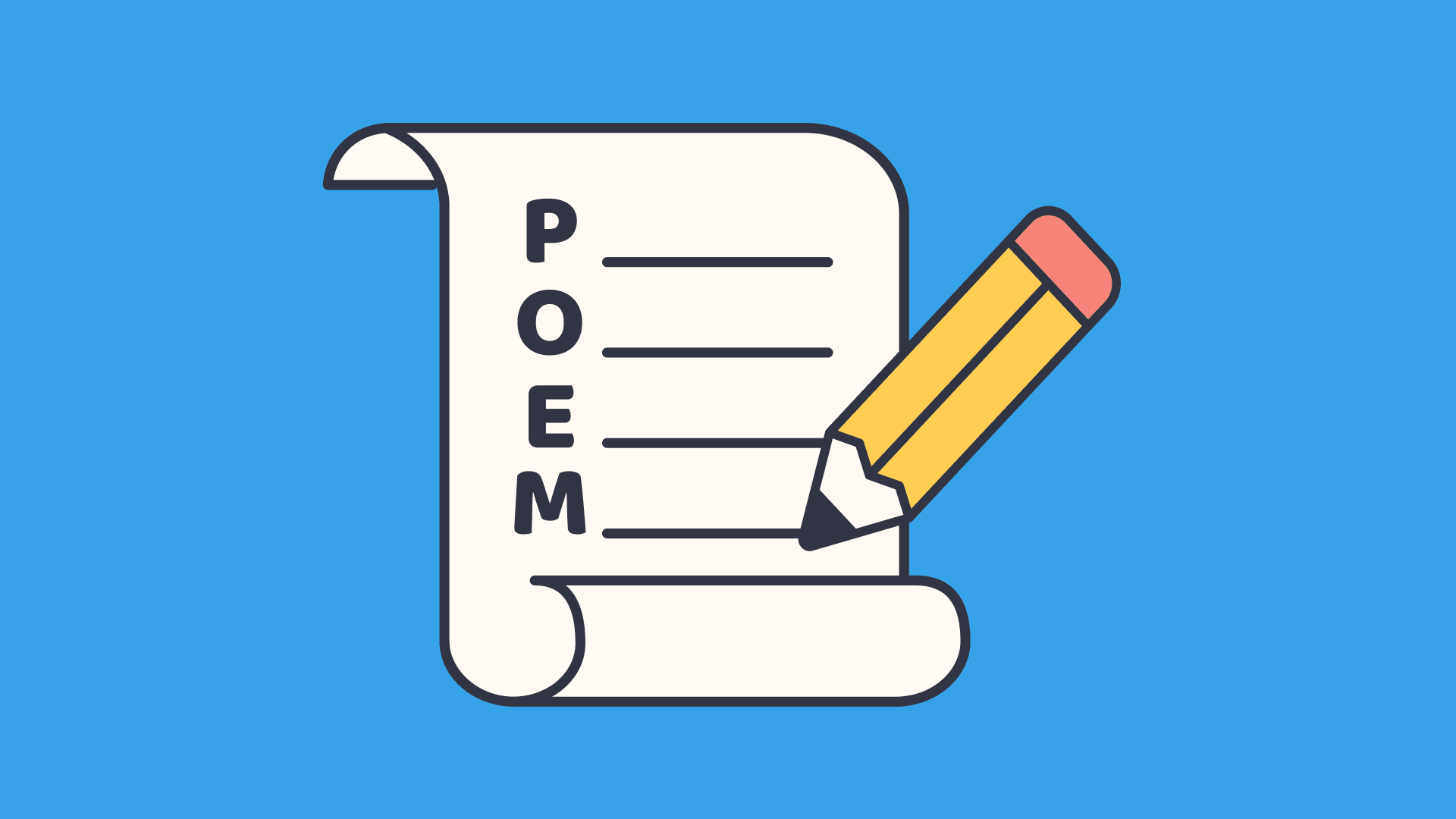Transform your classroom with creative Black History bulletin board ideas
In this guide
Why Black History displays matter
Black History Month is an important opportunity to recognize and celebrate individuals and groups who may not always be included in traditional curriculum. Black Americans have played a critical role throughout history in the United States and failing to emphasize those aspects or details makes the story incomplete.
The stories and struggles of Black Americans are powerful examples of resilience, courage, and perseverance. Creating powerful and interactive classroom displays will assist in reinforcing the importance of Black History Month.
Understand that you are not solely responsible for all of the work and it is not a singular event. The ideas in this article are intended to be student driven and ongoing so pick and choose the ideas that work best for you.
Changing the visual stimuli in your learning space can increase engagement and create new cognitive hooks for your students The standard and routine classroom setup has actually been found to hinder learning because it reduces students’ attention (Hrach, 2021).
Designing purposeful and topical displays disrupts the ordinary and creates a sense of excitement and wonder in the classroom. Black History Month is no longer a topic but instead, becomes an experience.
Creative ideas for designing Black History bulletin boards
Before you start looking at the ideas listed below, take a moment to accept that transforming your room for Black History Month is a collaborative project and should build on itself, year after year. The goal is to start building and add, revise, and reimagine as you go.
The framework I am going to cover is not about a quick, superficial display. Instead, it is a way to continuously honor and celebrate Black History Month in a powerful way year after year.
I encourage you to create and support the vision but let your students carry out the mission. Empowering them as co-designers of the learning space can foster engagement, ownership, and a deeper connection to learning (Hare & Dillon, 2019).
Most classrooms have four walls so I will describe four ideas you can implement to transform your room into an interactive experience for Black History Month. Feel free to start with just one the first year and go from there.
The important thing is to start and add on each year so do not let the end goal prevent you from getting started.

1) Curated library
Designate a space in your room for books about important Black Americans and events in Black History. If you have the funds, start the collection by purchasing a few or checking them out from the library.
Allow students time in class to read and consider letting students take the books home if they need more time. Try to add a few more books each year and ask for donations or suggestions of titles that should be included.
To make the library more thematic, have students create or add visuals to the area that connect with the stories from the books. They can draw or paint pictures, or simply print out online images that will help the library feel more alive and exciting.
Next, purchase (or make) blank hardcover books. The goal is to create your own books to add to the library collection. I think it works well to decide on a title and theme for each book and then have each student add a page to the book by drawing a picture and writing about an important person or event related to that theme in Black History.
You can choose to do one book per year or have a number of different book topics and allow students to select which one they want to contribute to. I highly recommend having students write their name and the year so it becomes a time capsule of sorts for future students.

2) Changemakers gallery
The idea behind this display is to help students see the direct connection between certain individuals or groups and tangible progress in society. You can get really creative with the setup, or keep it simple, but remember that students should be interacting with an artifact that teaches them about people and their impact.
An easy way to get started is to fold a piece of construction paper in half and have students attach or draw the person or people being highlighted. Be sure they include the name of the person or group next to the image.
Inside of the construction paper, ask students to write a short description of the person or group and their actions above the fold. On the bottom half, ask them to illustrate specific changes that their actions led to. This can include charts, graphs, pictures, laws, rights, etc.
The first time you do this activity, consider assigning specific people or groups to students to make it easier to get started. In the following years, encourage students to find lesser known individuals who are responsible for big changes.
3) Entertainment center
Warning: This will probably be the most popular area of your Black History display so you may need to set up some guidelines! Rotations and time limits can help ensure everyone gets a chance to interact with this material. In the end though, it is a good problem to have.
You will need some devices (smartphones, Chromebooks, computers, etc.) and headphones to set up this display. Each device will have unique content for students to enjoy and learn from.
An easy way to narrow down the topics is to highlight Black musicians, artists, and athletes. You can easily modify this concept though and pick other areas to explore if entertainers do not fit the message or theme of your class.
Find videos, playlists, and websites to present on each screen. Allow students time to watch, listen and explore the media. During the first year you will need to rely heavily on already existing content (see Resources section below).
Assign students topics, individuals, events, or themes to create their own digital media stories to use in the future. Give students the option to make short films, music playlists of top Black artists, or websites devoted to their assigned area.
Each year students will add to the digital narrative of Black History Month and help create powerful stories that can be shared well beyond their time in the class and to individuals that never even walk through your doors.

4) Quote wall
This display is really fun for students because you can design it to almost feel like a historical graffiti wall so when they look at it, and have contributed to it, they can almost feel like they are participating in an act of rebellion.
The great thing about this activity is that it requires students to really read all of the quotes before they add their own. Each student is responsible for adding a new quote from a prominent figure in Black History to the display.
I highly recommend making this into a formal assignment that they submit to you before they add it to the wall. Ask them to include an explanation for why they chose this quote and how it is an important aspect of Black History. This will also give you an opportunity to verify the quote and ensure it is not a duplicate before it is added to the display.
An easy way to pull this off in a fairly inexpensive manner is to purchase some chalkboard markers and self-adhesive, removal chalkboard paper. You can roll it up and easily store it each year after you are done. Plus, you can buy more rolls as you run out of space.
Resources for designing Black History displays in the classroom
Hopefully, you are not feeling overwhelmed at this point and you are at peace with this being an ongoing and involving project. If you still have some reservations, the resources listed below should provide great support as well as inspiration:
1) National Museum of African American History and Culture
If you have never had the opportunity to visit this amazing museum, definitely add it to your list of upcoming destinations. Exploring the exhibits will definitely convince you of the power of displays to help learn and appreciate Black History.
Many of the exhibits have an online component that you can either use for ideas or include them as part of your displays.
2) National Archives: African American History
This website contains a wealth of information and historical documents for you and your students to explore. Make sure to check out the ‘Featured Documents and Online Exhibits’ so students can interact with examples of effective interactive visual displays.
3) ClickView Black History Month topic
There are so many amazing videos to explore and learn from on this page. The content is organized by topics and themes so it is easy to find exactly what you are looking for. If you are worried about student created video content on your displays, then definitely start here because there are plenty of options to choose from.
Pay special attention to the Hidden Figures series because it is a great way to assign students a lesser known individual that made a large impact on American society. This will really help students use Black History Month as a way to continue acknowledging the amazing work of people who do not always get the credit they deserve.
4) Black History Month
This can be your go-to website to download and use famous historical photos surrounding Black History Month. The site is full of amazing resources but I think the ‘Audio and Video’ page and ‘Images’ page are the best part. You can find a lot of high quality and media related to some of the biggest moments in Black History.
Making Black History Month meaningful for students
Recognizing and celebrating Black History in a comprehensive manner demonstrates an active commitment to diversity. Decorating your room as an interactive museum sends a powerful message that representation matters in society.
Transforming your classroom into an experiential learning environment can have an impact beyond your own students. When students take pride in what they are creating they will want to share the experience with friends and family members. Try to establish times when others can come enjoy the Black History displays in your room.
Remember, Black History is not a topic that is just for traditional history classes. There are a variety of ways to modify the ideas in this article to better align with your specific subject matter. For instance, in my Business Entrepreneurship class, students focus on inventions and companies created by Black Americans.
When students see multiple teachers celebrating Black History, it amplifies the impact and signals to students how truly meaningful this celebration is. It is no longer just another unit of study or theme. It becomes an authentic event that creates memories.
References
- Hare, R. L., & Dillon, R. (2019). The Space: A Guide for Educators. Blend Education.
- Hrach, S. (2021). Minding Bodies: How Physical Space, Sensation, and Movement Affect Learning. West Virginia University Press.

Nick Schwab
briefcase iconLearning Experience Designer
Nick combines his background in psychology, education and design to create physical and digital experiences that empower, engage, and excite learners. His passion lies in constantly developing new learning pathways for students that challenge the status quo in education.
Other posts
Want more content like this?
Subscribe for blog updates, monthly video releases, trending topics, and exclusive content delivered straight to your inbox.











